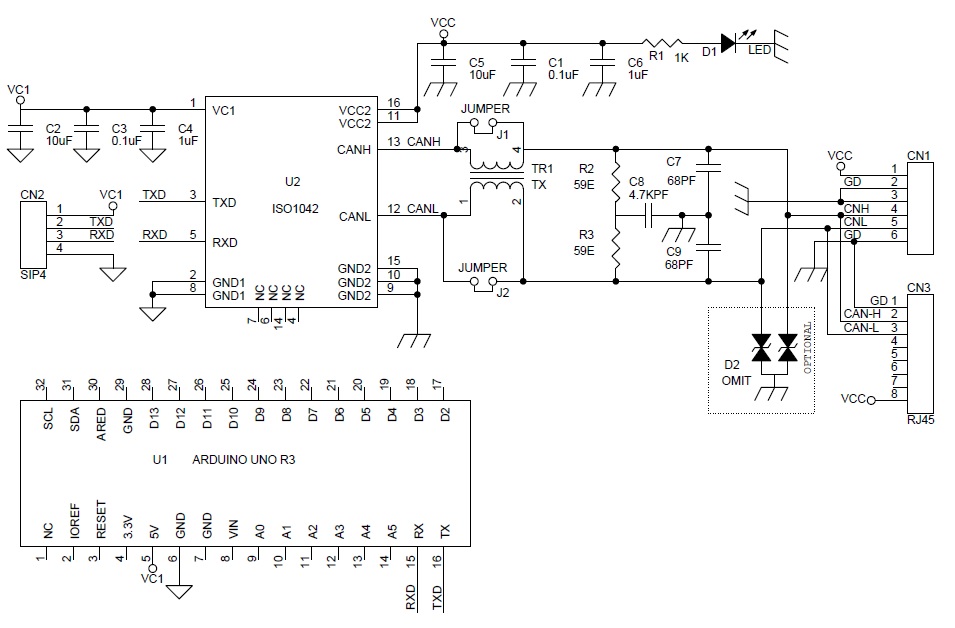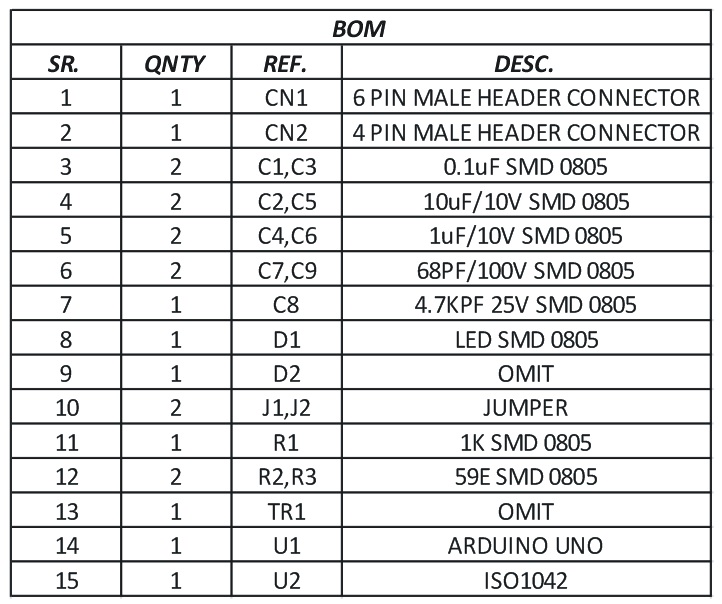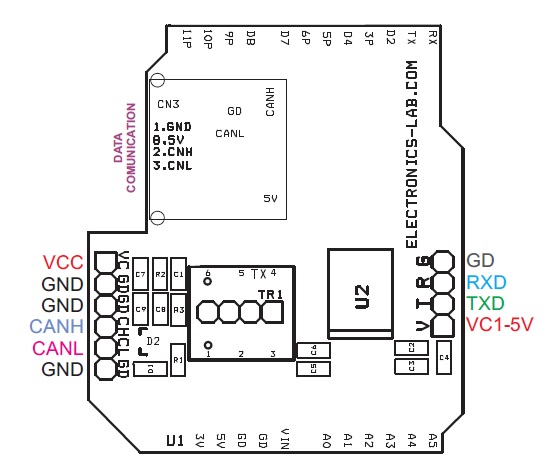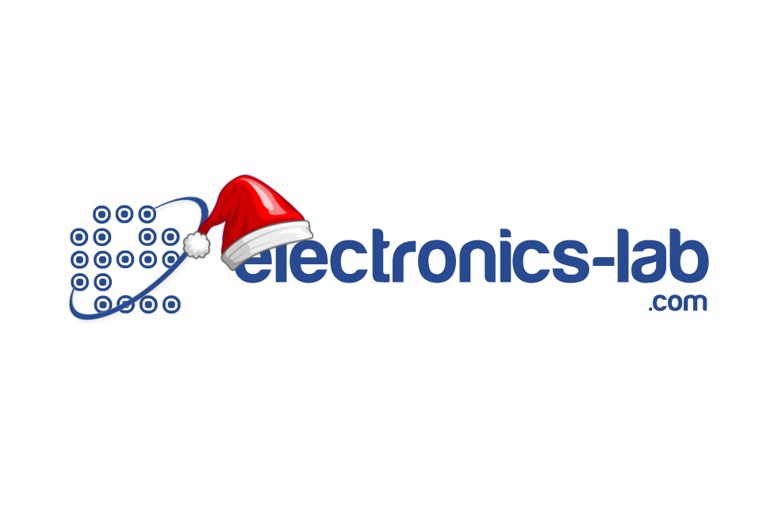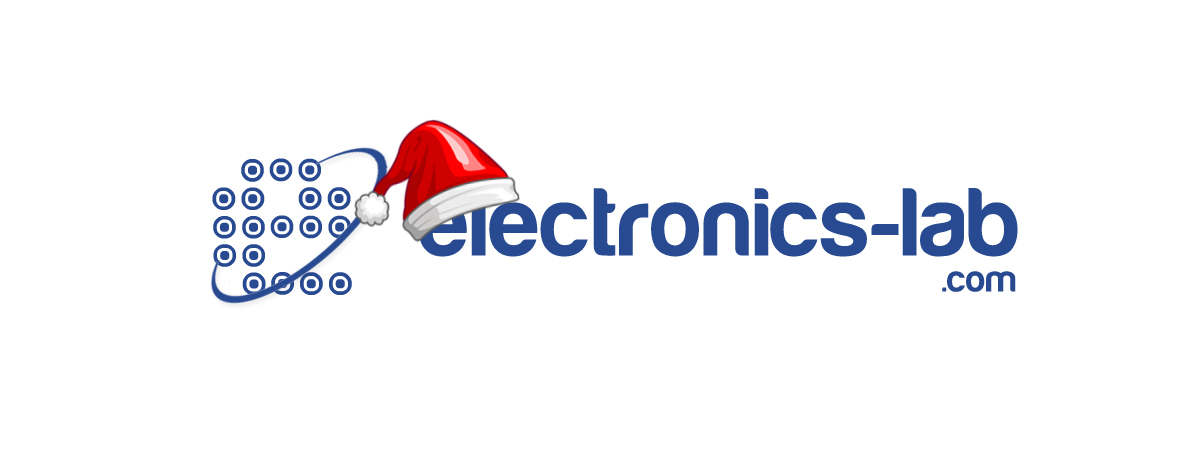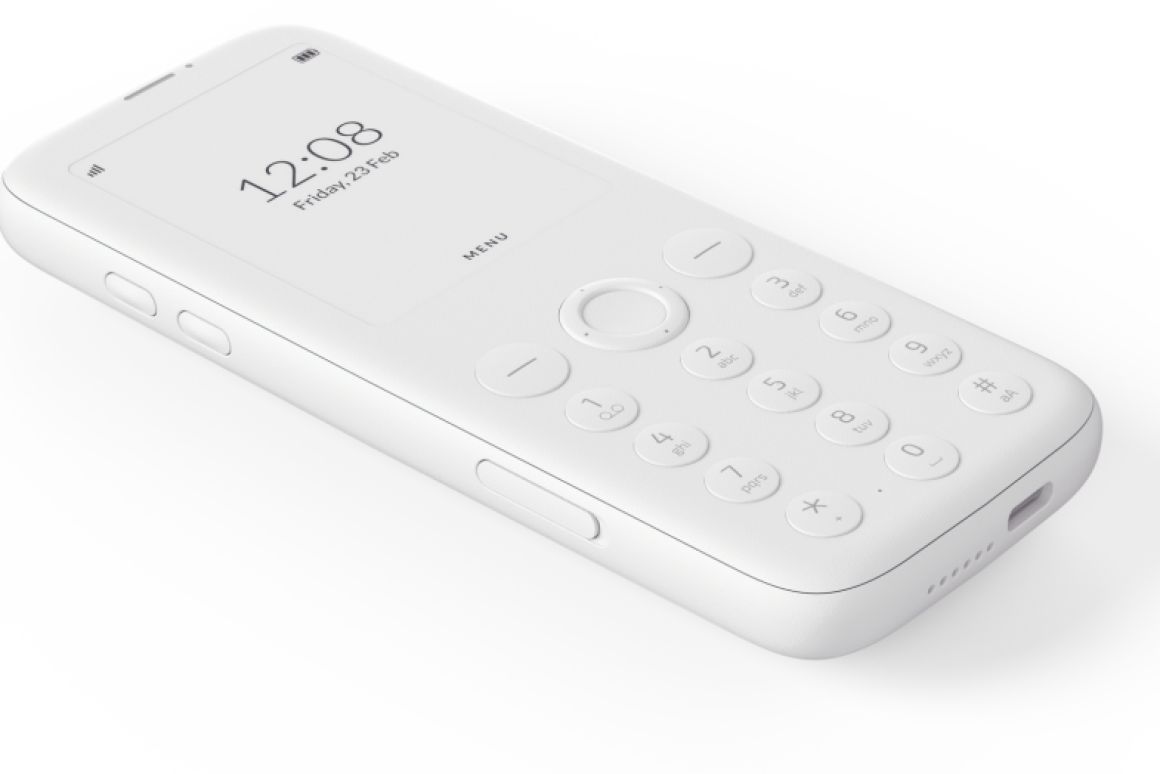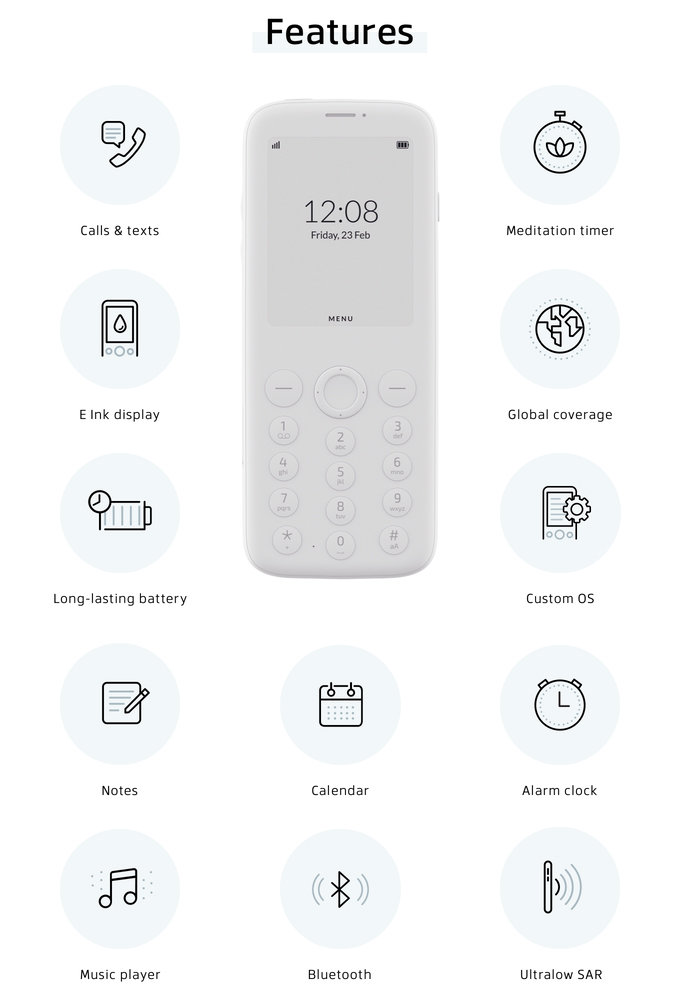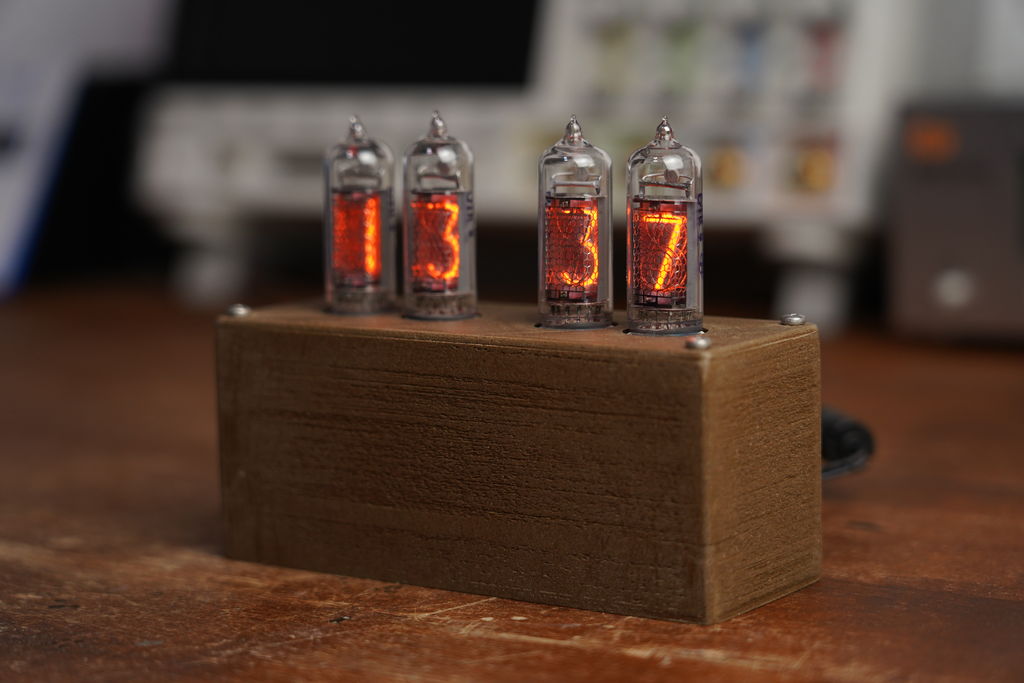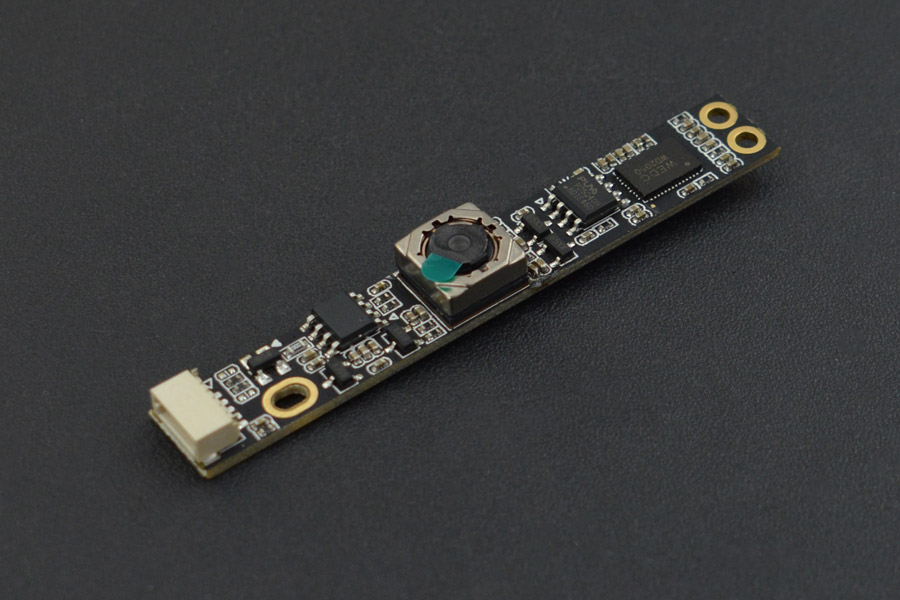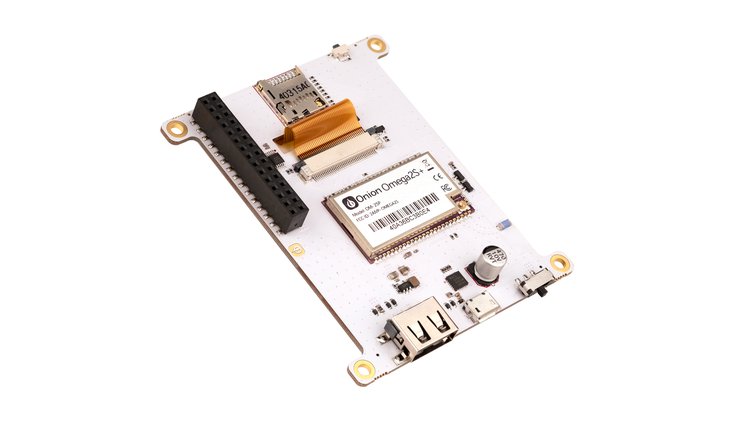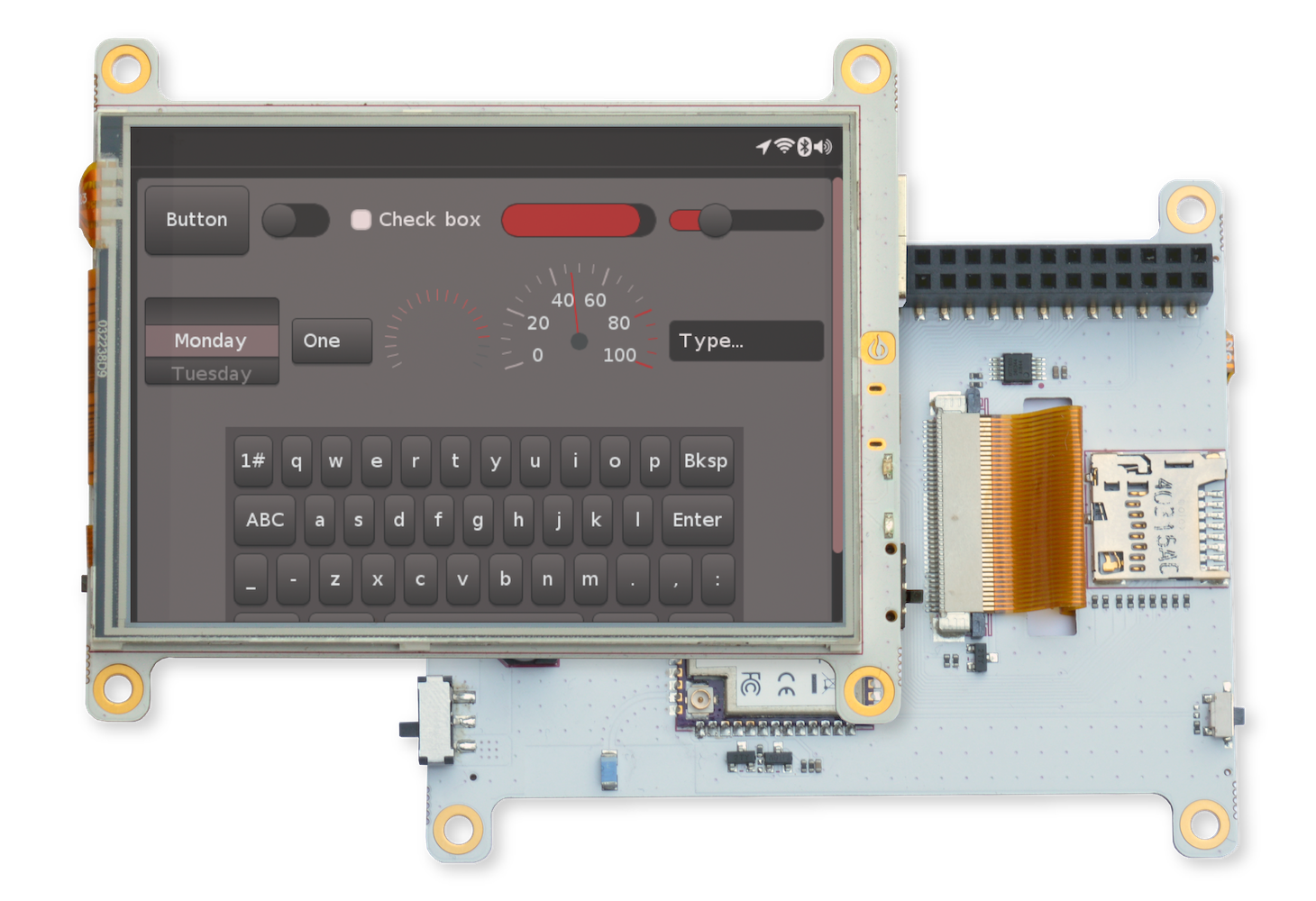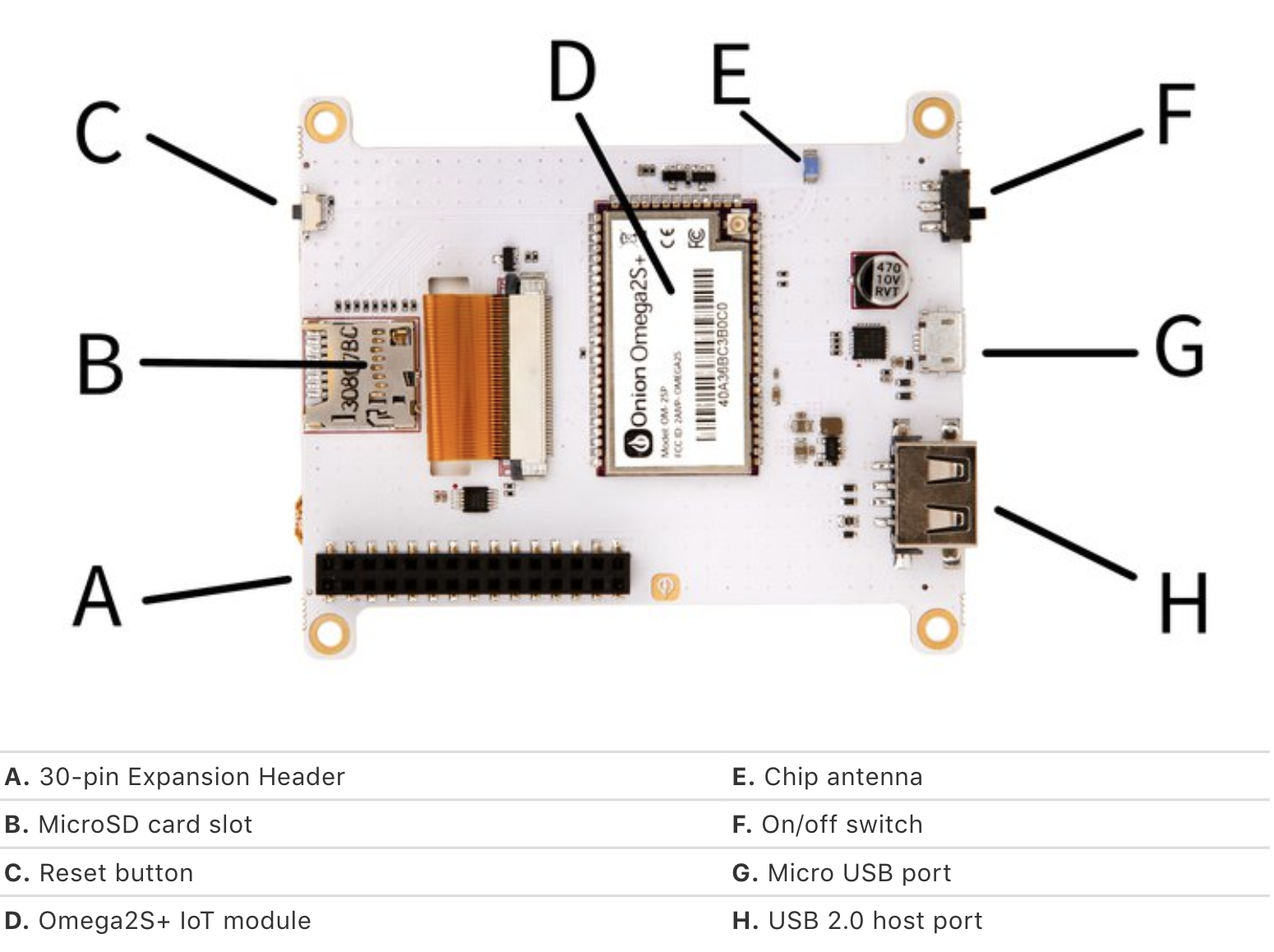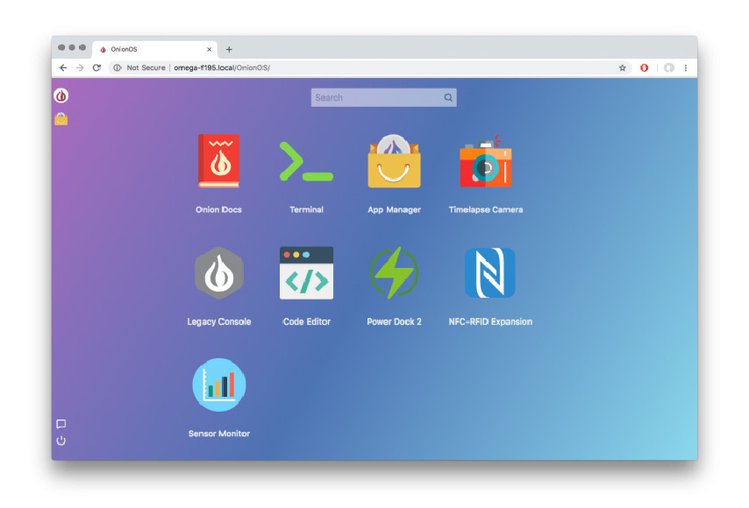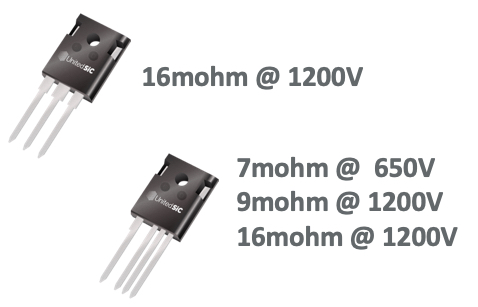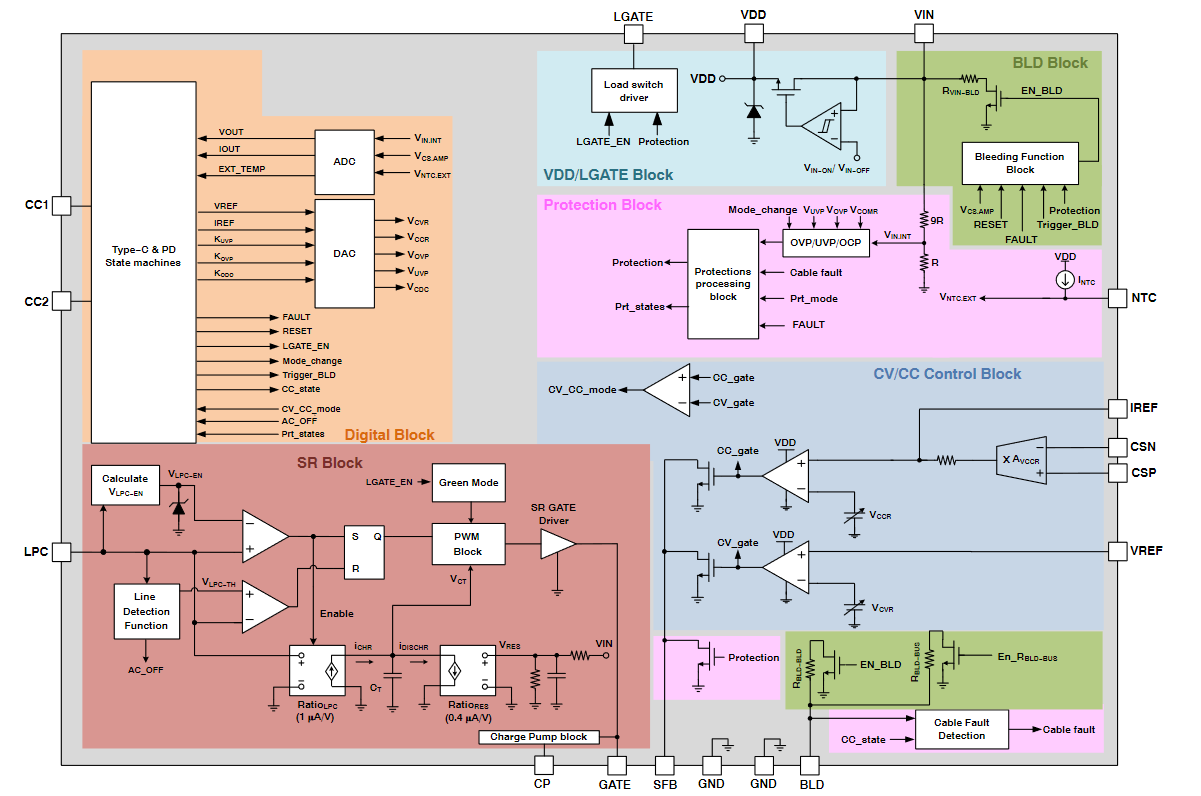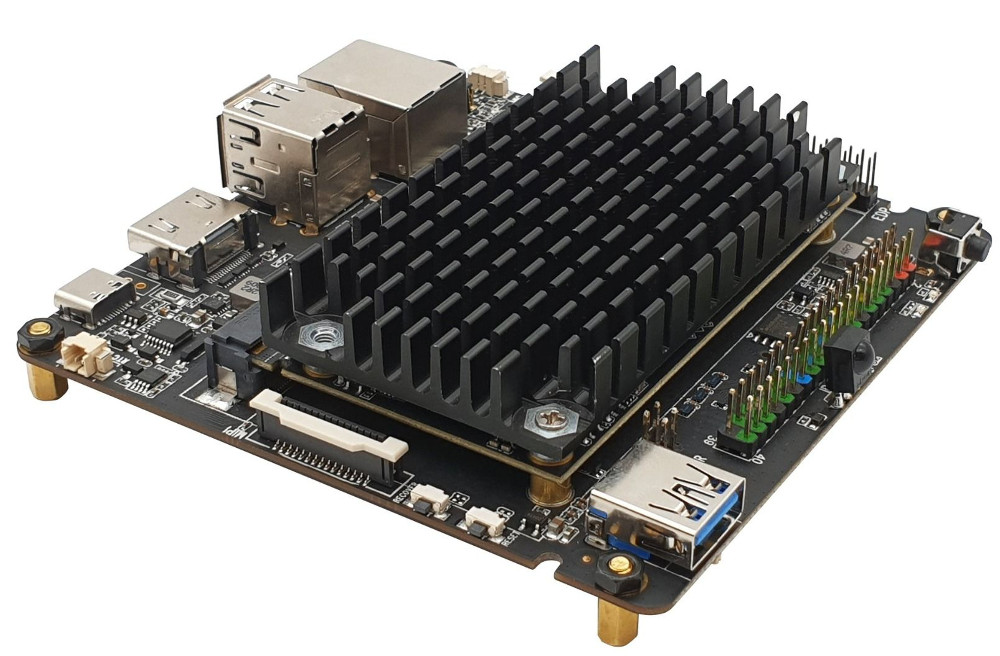 Radxa has officially launched the Rock Pi N10, a sandwich-style 100 x 100mm board based around the Rockchip RK3399Pro SoC. This community-backed board has a new flavor of RK3399 that adds up to 3-TOPS NPU co-processor for better performance in deep-learning workloads.
Radxa has officially launched the Rock Pi N10, a sandwich-style 100 x 100mm board based around the Rockchip RK3399Pro SoC. This community-backed board has a new flavor of RK3399 that adds up to 3-TOPS NPU co-processor for better performance in deep-learning workloads.
The new Rock Pi N10 has a maximum RAM allotment beyond the RK3399’s 4GB limit so it can provide RAM for the NPU. There are three models available. Model A comes with 4GB LPDDR3 (3GB for CPU, 1GB for NPU) and 16GB eMMC. Model B has 6GB LPDDR3 (4GB for CPU, 2GB for NPU) and 32GB eMMC. Model C has the highest amount of RAM of 8GB LPDDR3 (4GB for CPU, 4GB for NPU) and eMMC storage of 64GB. The RK3399 has 2X 1.8GHz Cortex-A72 and 4X 1.4GHz Cortex-A53 cores, the ARM Mali T860MP4 GPU, and the NPU.
Other highlighted features of this new board are 16 to 64GB of eMMC storage with microSD and M.2 SSD expansion support, HDMI 2.0 port supporting up to 4K60 output. A two-lane MIPI DSI connector, 3.5mm analog audio jack, two-lane MIPI CSI camera connector, two USB 2.0 Host and one USB 3.0 OTG port, a gigabit Ethernet port with Power over Ethernet (PoE) support, and support for USB Power Delivery and Qualcomm Quick Charge 3.0. There’s also a GPIO header with 40 pins, including 1x UART, 2x SPI, 2x I2C, 1x PCM/I2S, 1x PWM, 1x S/PDIF, 1x ADC, 6x GPIO, and two each of 5V and 3.3V power.
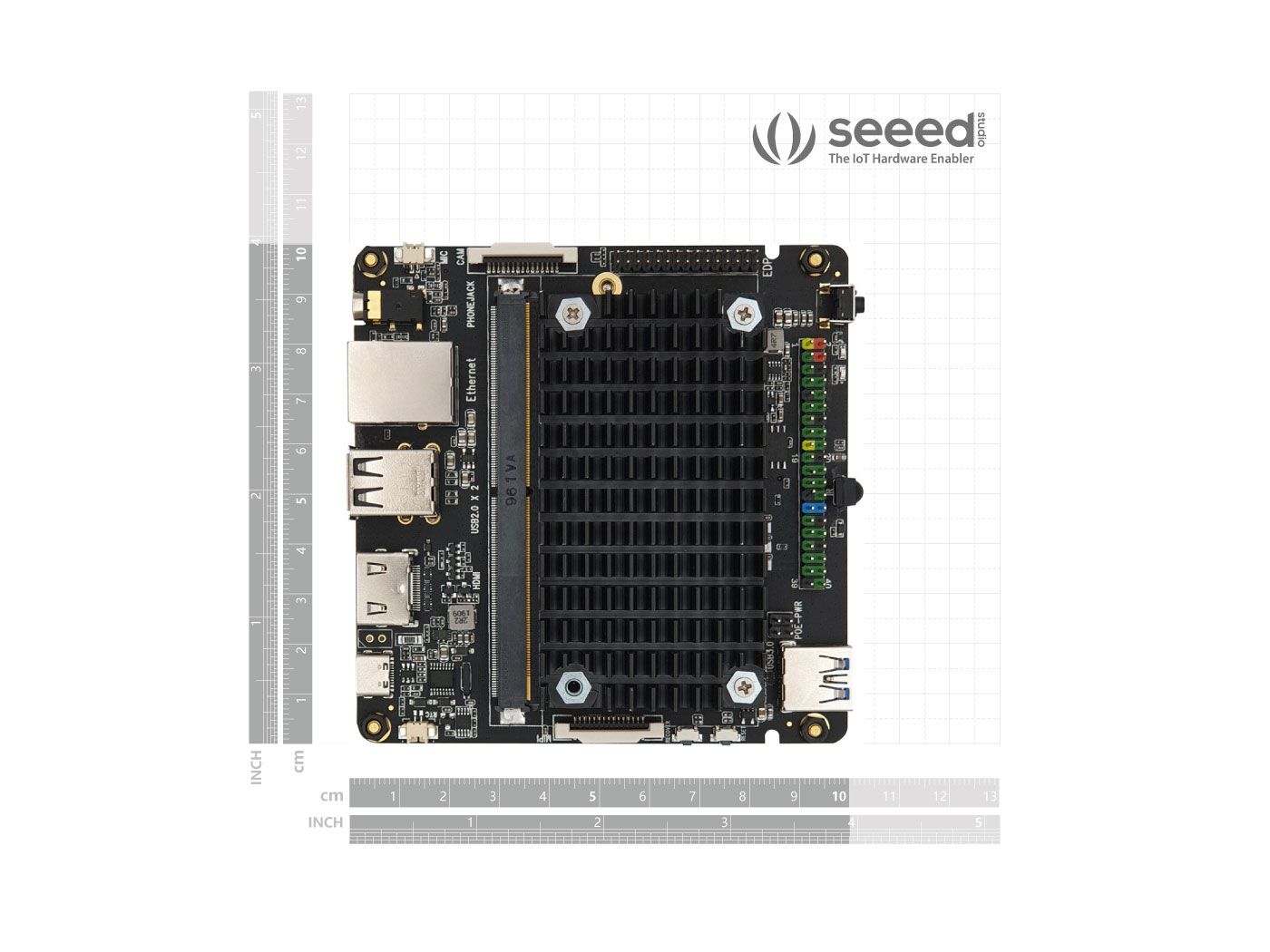
Specifications list for the Rock Pi N10 :
- Processor – Rockchip RK3399Pro (2x Cortex-A72 at up to 2.0GHz, 4x Cortex-A53 @ up to 1.5GHz); Mali-T860 MP4 GPU; 3-TOPs NPU with 8/16-bit compute
- Memory:-
- Model A – 4GB LPDDR3 (3GB for CPU, 1GB for NPU); 16GB eMMC 5.1
- Model B – 6GB LPDDR3 (4GB for CPU, 2GB for NPU); 32GB eMMC
- Model C – 8GB LPDDR3 (4GB for CPU, 4GB for NPU); 64GB eMMC
- Storage Options:-
- MicroSD slot for up to 128GB (bootable)
- M.2 socket with support for up to 2TB NVMe SSD
- Networking – Gigabit Ethernet port with PoE (requires extra-cost RPi PoE HAT)
- Media I/O:-
- HDMI 2.0a port for up to 4K at 60Hz
- MIPI-DSI (2-lane) via FPC; dual display mirror or extend with HDMI
- MIPI-CSI (2-lane) via FPC for up to 8MP camera
- eDP 1.3 (4-lane) up to 4K at 60Hz
- 3.5mm audio I/O jack (24-bit/96KHz)
- Mic
- Other I/O:-
- USB 3.0 OTG port and host/device switch
- USB Type-C port for power input
- 2x USB 2.0 host ports
- Expansion:-
- 40-pin GPIO header with RPi HAT support
- M.2 slot for future optional WiFi/BT module
- M.2 slot for NVMe SSD (see storage)
- Other features – IR receiver; RTC with an optional battery connector
- Power:
- USB Type-C PD 2.0, 9V/2A, 12V/2A, 15V/2A, 20V/2A
- Qualcomm Quick Charge support for QC 3.0/2.0 adapter, 9V/2A, 12V/1.5A
- Power button; reset and recovery keys
- Dimensions – 100 x 100mm
- Operating system – Android 8.1; Debian
Rock Pi N10 Model A is currently at the pre-order phase in the webshop at seeed studio for $99. More information can be found on their official wiki page.



